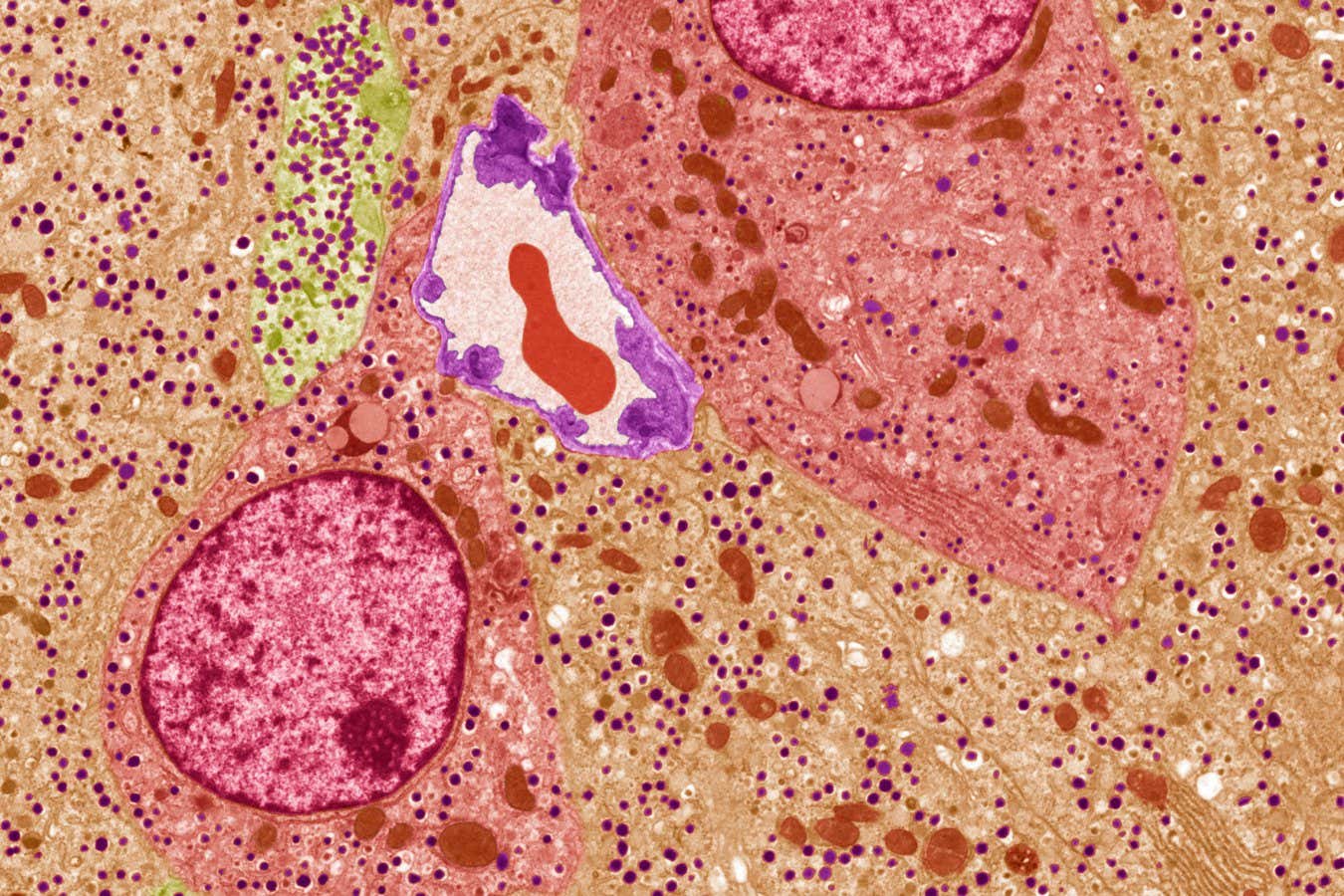

Disease experts anticipate a small uptick in Covid cases this summer, as a new variant spreads.
The KP.2 variant represents 28% of Covid infections in the U.S., up from just 6% in mid-April, according to data released Friday by the Centers for Disease Control and Prevention.
KP.2 became dominant at the end of April — meaning it accounts for the largest share of new cases — outpacing the JN.1 variant, which took over in the winter.
Some scientists collectively refer to KP.2 and another variant called KP.1.1, which shares the same key mutations, as “FLiRT” — a reference to their amino acid changes.
Both are descendants of JN.1, which is part of the omicron lineage, like all versions of the coronavirus that have gained dominance in the last couple of years.
But KP.2 has three additional mutations in its spike protein compared with JN.1, which disease experts said could make it easier for the virus to bypass protection from vaccines or prior infections.
“It looks like those additional mutations make it more immune evasive, so it’s not a surprise that it would then dominate,” said Dr. Dan Barouch, director of the Center for Virology and Vaccine Research at Beth Israel Deaconess Medical Center in Boston.
Laboratory research from Japan, which was published as a preprint and has not been peer-reviewed, suggests that the Covid vaccines currently recommended in the U.S. may be less effective against KP.2 than against JN.1.
However, KP.2 might be less efficient at infecting cells, the research suggests, which could mean that a higher dose of the virus would be needed to infect someone.
People who were infected with JN.1 should still have some protection against KP.2, experts said.
The CDC does not collect regular data on how Covid symptoms are evolving over time, so it’s hard to assess whether illnesses caused by KP.2 look any different. Covid symptoms have generally been consistent over the last two-plus years.
Experts predict a small rise in cases this summer
Covid cases have spiked every summer in the U.S. since 2020. If KP.2 continues to gain prevalence, that pattern may repeat — but not as dramatically, experts predict.
The U.S. is in a good place with Covid heading into the summer, according to Andrew Pekosz, a virologist at Johns Hopkins University. Hospitalizations reached record lows at the end of April, the last data available before the CDC stopped requiring hospitals to report Covid admissions numbers.
“We see a late summer, early fall surge of cases, and then we see a second surge of cases right around the Christmas holidays, the New Year,” Pekosz said. “That pattern has been sort of reproducing itself for a couple of years now. The important thing, though, is the magnitude of the cases has been consistently dropping.”
Several factors could help the KP.2 variant spread this summer. When the weather gets very warm, people tend to congregate indoors to escape the heat, creating new opportunities for transmission. Many people also haven’t been vaccinated recently; less than a quarter of U.S. adults have received the updated Covid shot.
“I think that there’s going to be a significantly large susceptible population out there, from that combination of waning immunity and viral evolution, that we’re going to see a number of cases this summer,” said Dr. Thomas Russo, chief of infectious diseases at the University at Buffalo Jacobs School of Medicine and Biomedical Sciences.
But he added that since most people have some immunity to Covid, it’s possible that “the wave won’t be as great” as in previous years.
Barouch said past summer waves have coincided with the arrival of new variants, so this year could be similar.
“The increases in the summertime have often been in the context of new variants, such as the original Delta wave, for example, or the BA.5 wave,” he said. “So I wouldn’t be surprised if there is another summertime surge.”
Will KP.2 affect vaccine recommendations?
KP.2’s rise creates questions for the public health experts who decide which variants to target with new Covid vaccines.
The Food and Drug Administration on Tuesday postponed an advisory committee meeting that was meant to decide which strains to include in the updated vaccine formula for the fall.
“We have recently observed shifts in the dominant circulating strains of SARS-CoV-2,” an FDA spokesperson said. “The additional time will allow the agency to obtain more up-to-date surveillance data and other information on the circulating strains of SARS-CoV-2 to better inform the committee’s discussions and recommendations.”
The most recent vaccine-related recommendations from the CDC came in February, when it suggested that people ages 65 and up should get an additional dose and younger people could consider one.
People who haven’t received the updated shot and feel like they need it “should get the vaccine that’s currently available,” Barouch said.
But Pekosz said people who are not immunocompromised could probably hold off until the fall.
“With case numbers being relatively low right now, I think the prudent thing is to try to wait till September and get the new formulation,” he said.






